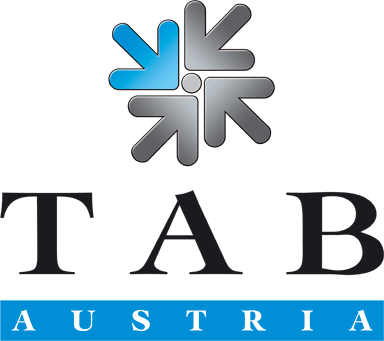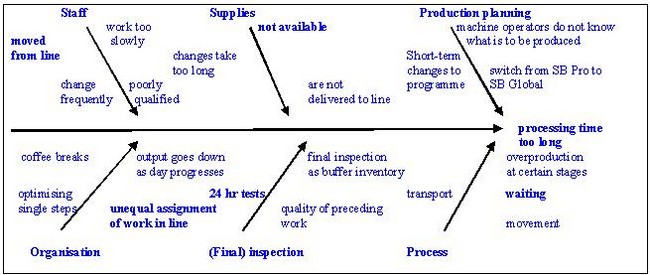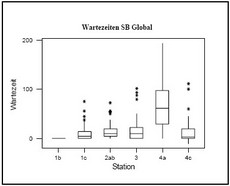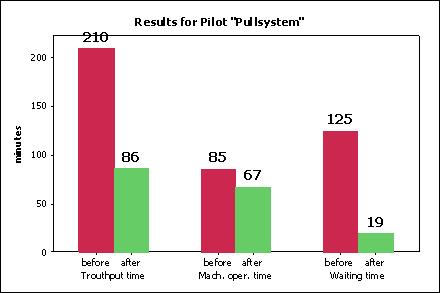
Starting point
In January 2002, TAB-Austria GmbH, a consumer electronics enterprise located in Linz, which produces infotainment terminals, switched its production system from classic batch manufacture to a JIT manufacturing system.
The first tangible sign of success was a considerable reduction in inventory and floating assets. Delivery times were dramatically reduced, which made new customer acquisition possible. The objective of a further Sigma Six project was to increase productivity while simultaneously enhancing flexibility by 30% – 40%.
Procedure
Step 1:
The status quo was established (throughput time-relevant steps, clear profile of customer demands).
By means of an Ishikawa diagram the main factors impacting on productivity were ascertained.

Step2:
It quickly became obvious that there were major fluctuations in individual machine operation times, which resulted in prolonged waiting periods at the last-but-one process stage (4a).

Step 3:
At the beginning of the analytical stage we began to formulate hypotheses (synopsis of assumptions) regarding the length of the processing time and the concomitant low output. In a facts- and data-driven discussion process we subsequently reduced them to five disruptive factors (1. staff moved from line, 2. supplies not available, 3. unequal assignment of work, 4. poor standard of work at preceding stage, 5. waiting for the output of the preceding production stage).
Step 4:
Now it was time to eliminate those disruptive factors and to run a pilot to test the efficacy of our measures.
The results of the pilot run were imposing. While in the previous process ~3.1 appliances/hour had been produced, it was now possible to produce 5 appliances/hour. Throughput time per appliance was reduced by 80%, working time by 20% and waiting times between the different production stages were reduced by 85%.

Step 5:
In order for the pilot results to be sustainable, process scorecards with the most important process base lines were produced. Furthermore, control charts were introduced, forcing staff to take countermeasures as soon as tolerance limits are exceeded.
Results
Output was boosted by 44%, and throughput time was reduced by 48%. By combining the Six Sigma improvement methodology with JIT principles, an EBIT increase from 2% to 9.5% was achieved.
